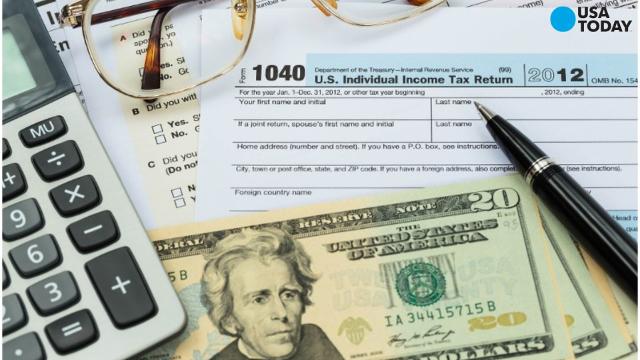Buying Stocks Instead of Bonds
Jan 20, 2024 By Triston Martin
Investors are given the option to participate in a firm's expansion via the purchase of stocks, which are basically ownership holdings in publicly traded companies. However, the value of these assets might potentially decrease, and in certain cases, it is even possible for them to become worthless. In either case, the profitability of the investment is nearly completely contingent on shifts in stock prices, which are inextricably linked to the development and financial success of the firm.
A bond is a financial instrument that pays a set rate of interest and reflects a loan from investors to borrowers. Bonds are distinguished by the fact that the borrower guarantees the eventual payouts. These payments are often referred to as coupons. There is a predetermined maturity date associated with these investments. On that day, investors will get a return on their initial investment, in addition to interest payments based on the interest rate that was in effect when the loan was first taken out.
Bonds may be used as a source of financing for various projects and activities by private companies, state and local governments, and even national governments. Some bonds present the possibility of default, which means that an investor might end up losing the money they invested in them. High-yield bonds, also known as speculative-grade, non-investment-grade, or trash bonds, are debt bonds with a rating lower than that of investment-grade debt. Despite this, they appeal to a segment of fixed-income investors who are drawn to the possibility of greater returns.
Advantages
The capacity to produce larger returns is stocks' primary benefit over bonds that separates them from other investment options. Therefore, investors ready to take on more risks in exchange for the possibility of benefiting from growing stock prices may consider purchasing stocks rather than other investment vehicles. Investors may also want to explore purchasing dividend-paying stocks as an additional investment option. The distribution of a portion of a company's earnings to its shareholders in the form of a dividend is the most basic definition of a dividend. Additionally, any dividends not cashed out may be re-invested in the firm in the form of additional shares of stock in the corporation.
Bonds are financial instruments that provide investors with a monthly income in interest payments; however, it is impossible to reinvest these payouts in the same bond. This risk is caused by the fact that interest rates might vary during the bond's life, which produces reinvestment risk.

Downsides
In general, investing in stocks is considered to have a higher level of risk than investing in bonds. This is because stocks do not guarantee any returns to the investor, in contrast to bonds, which give relatively dependable returns in the form of coupon payments. Because bondholders are reimbursed in the event of business bankruptcy, stocks naturally tend to be more volatile than bonds. Meanwhile, owners of common stock are at the bottom of the priority list and risk receiving nothing if the firm declares bankruptcy. Bonds are a superior option for risk-averse investors who want to properly spend their cash and find comfort in more fixed distribution schedules than any other financial instrument.

What Percentage of My Investment Portfolio Ought to Be in Stocks?
A portfolio is considered well-diversified when it has a wide variety of assets from several different asset classes. In a broad sense, you can take on greater risk when you have a longer time horizon (when you are younger). As a result, a portfolio weighted 80–90% in stocks and the remainder in bonds or other assets may be tolerated. However, if you have a shorter time horizon, it is advised that you decrease the proportion of your allocation that is invested in stocks and increase the proportion that is invested in bonds with lower levels of risk.
Why Do Stocks Often Perform Better Than Bonds Over The Long Term?
As a result of investors' equity risk premium over bond risk bonds, stocks often beat bonds over longer periods. Investors in stocks expect to get this sum as compensation in exchange for taking on the added risk that comes with investing in stocks. A flourishing economy is also good for the stock market. The rise in GDP is mirrored in the rise in corporate earnings, which are reflected in the prices of stocks but are often not reflected in the prices of bonds.








